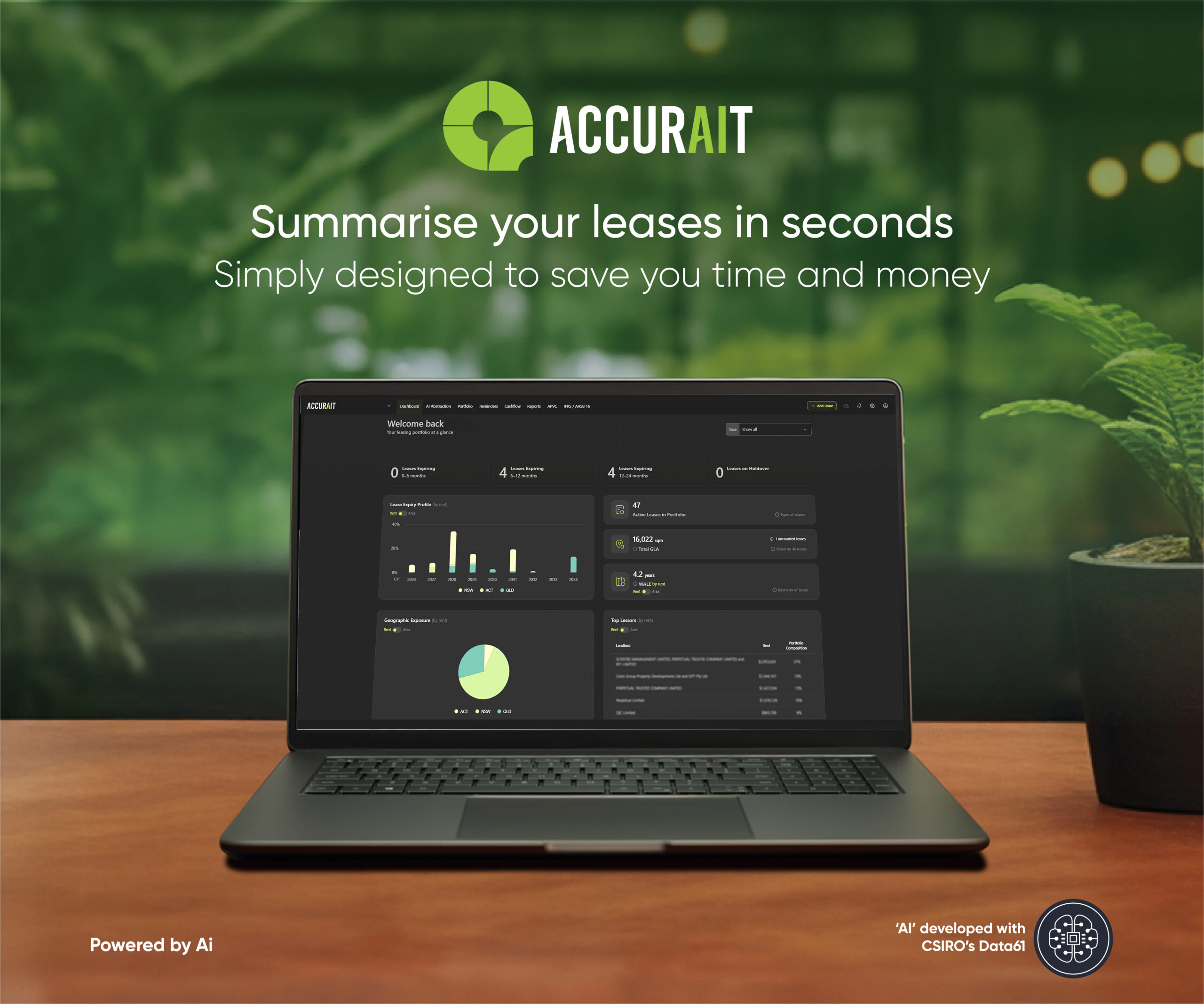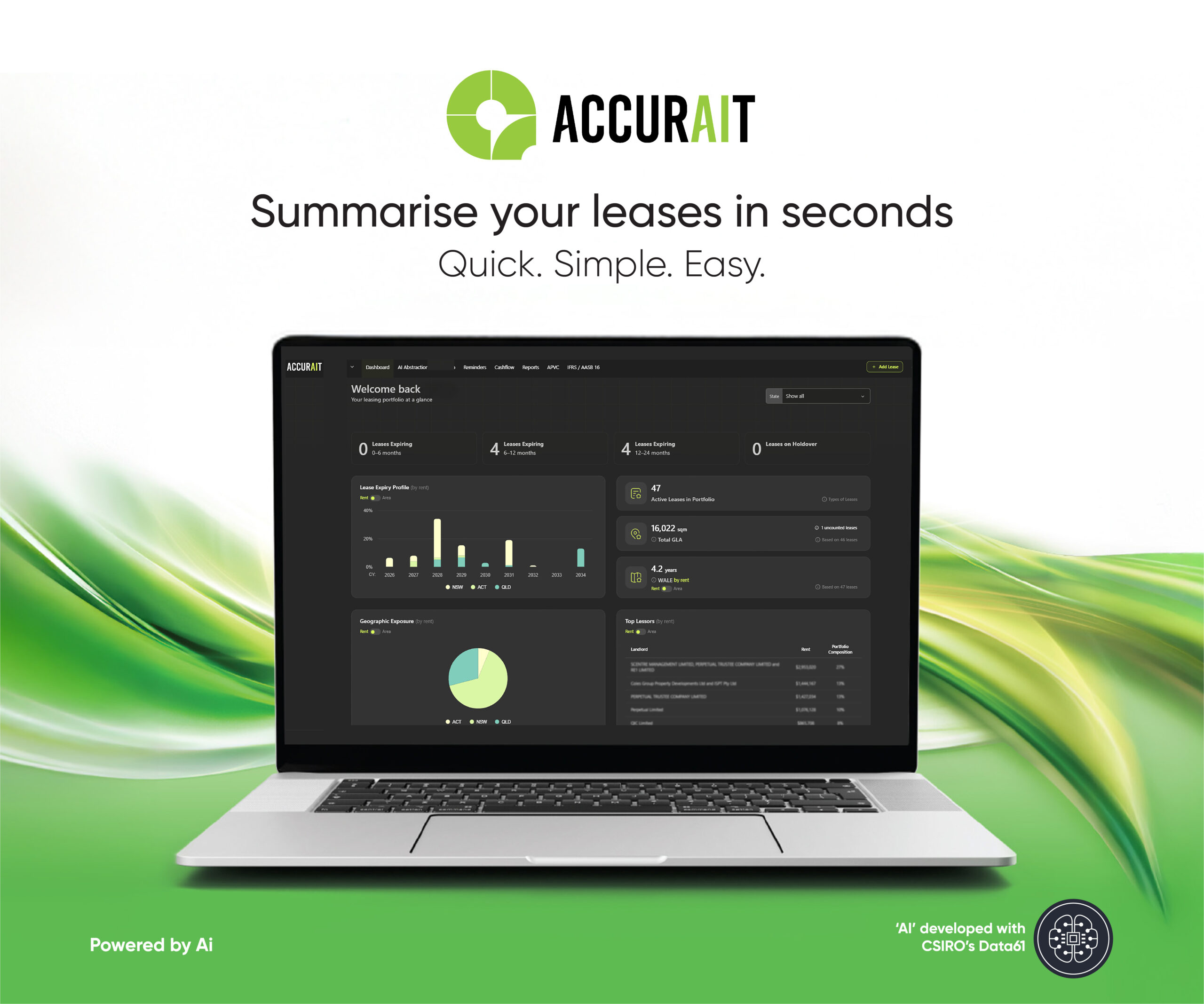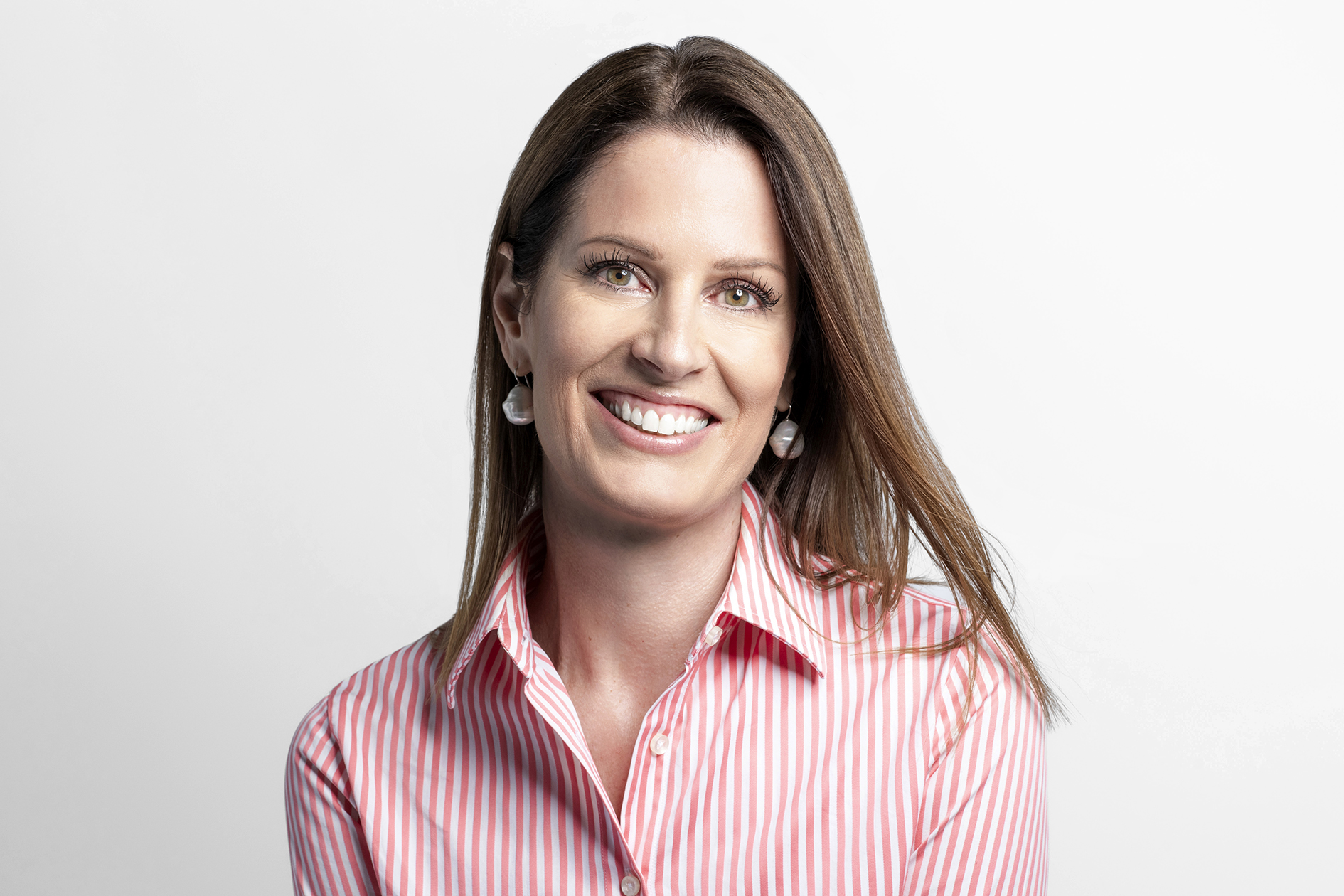Julian Fadini: Top Property Investment Mistakes to Avoid to Spearhead Your Wealth
26 June 2025
Why basic investment properties rent the fastest and deliver better returns
In a market where investors are increasingly tempted by high-end finishes and expensive renovations, Julian Fadini, founder of PRPTY360 and one of Australia’s leading property strategists, said the best returns often come from the most basic properties.
“The properties that rent quickly, stay tenanted and deliver the best yield are often the simplest, most practical homes, not the flashy, overcapitalised, customised ones.
“Investment properties are essentially rental properties, the work horses of the property sector. They need to be basic yet robust and suit as many different types of renter preferences as possible. The aim is to maximise broad appeal.”
Tenants want function, not luxury
Fadini said the vast majority of tenants are looking for affordable, clean, well-maintained homes in convenient locations, not high-end interiors or expensive add-ons. Properties with standard fittings, easy-to-maintain finishes and functional layouts consistently outperform luxury rentals in terms of vacancy rates and cost-efficiency.
“When you start adding designer fixtures, high end stone benchtops or custom features, you increase your upfront cost and maintenance burden but you don’t necessarily increase the rent,” Fadini explained.
“In many markets, tenants simply won’t pay extra for features they don’t need.”
Basic homes attract long-term tenants
Contrary to the belief that more features attract better tenants, Fadini said it’s often the lower-maintenance properties that appeal to stable, long-term renters. Families, essential workers and young professionals, the core of Australia’s rental market, value affordability and simplicity over prestige.
“Simple homes in good condition attract people who want to stay long-term. That’s what delivers consistent income and protects you from costly vacancies,’ Fadini said.
Higher spec = higher risk
Luxury homes may sit vacant longer, appeal to a narrower pool of tenants and be more expensive to repair when things go wrong.
From scuffed floorboards to broken appliances, higher-end properties often require more ongoing attention and eat into your cash flow faster.
“Every investor needs to ask: are you buying this to impress yourself, or to make money?” Fadini said.
“Because the return-on-investment equation is very different.”
The numbers don’t lie
Fadini and his team at PRPTY360 have run the data and time after time, standard homes in strong growth areas outperform overcapitalised properties. The focus, he said, should be on location, structure, tenant demand and rental yield, not on whether the tapware is black or brushed brass.
“Investors who chase aesthetics over fundamentals often regret it. The smart ones stick to quality builds, low maintenance and features that actually matter to tenants, like storage, heating and easy access to schools or transport,’ Fadini said.
‘As long as you buy in areas that are going to experience growth and upward pressure for property prices, then this is the ideal scenario.”











